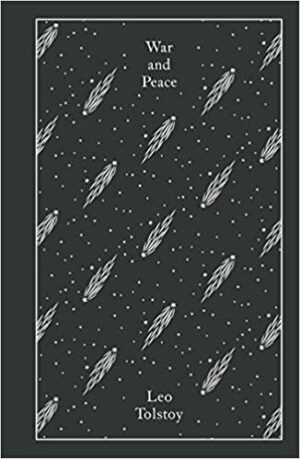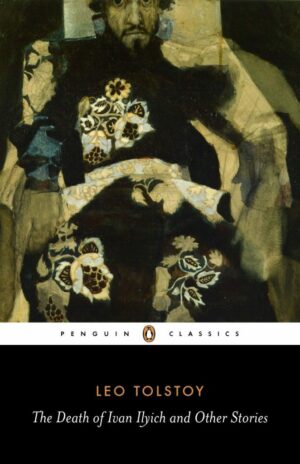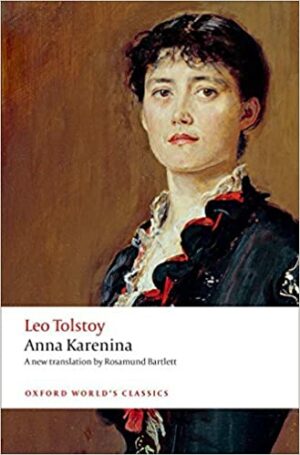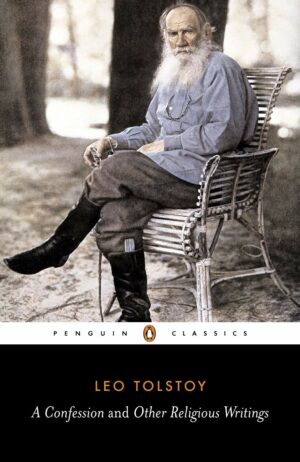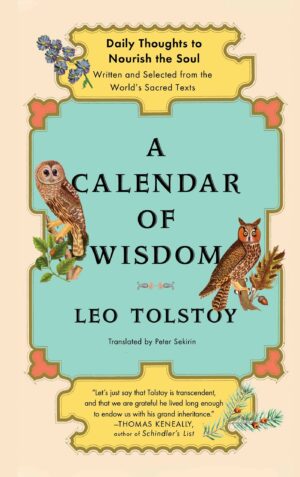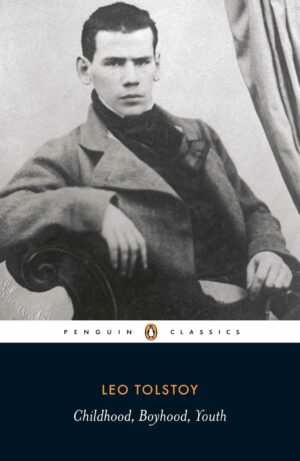Where should you start with Leo Tolstoy? The best books by the literary great
I only share books I know and love. If you buy through my links, I may earn a commission (learn more).
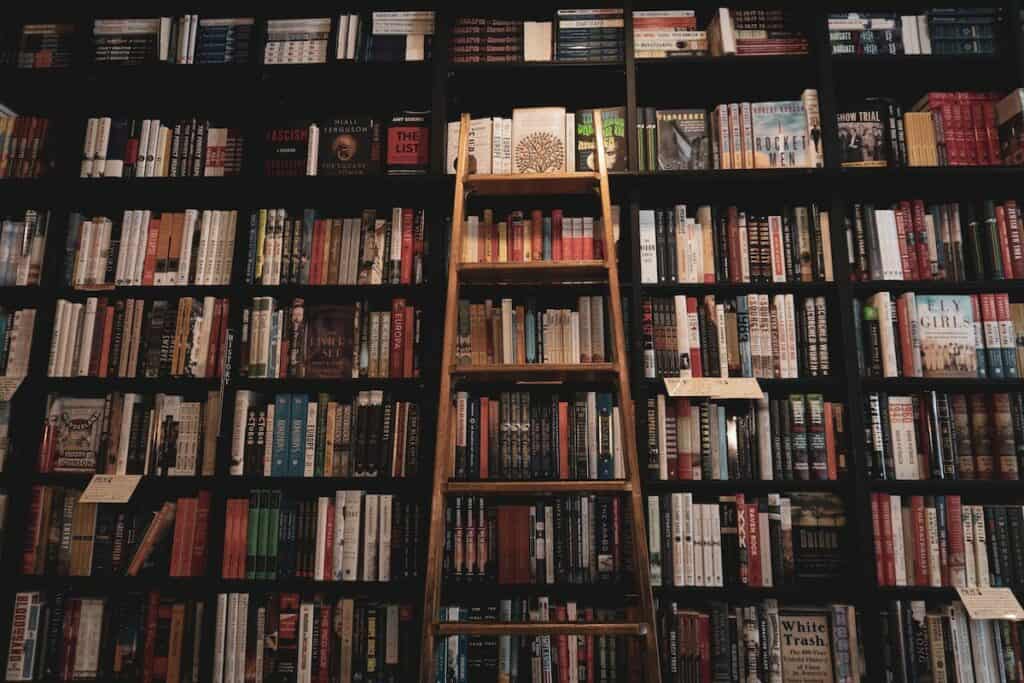
Leo Tolstoy is best known for War and Peace, but if you know anything about War and Peace, it’s probably that it’s very long and has a huge number of characters.
It’s an incredible book, but there’s a lot more to Tolstoy than War and Peace.
To help you choose the best book to read first by Leo Tolstoy, let’s look at the best books by the literary great and why you should read them…
Where to start with Tolstoy: the best books by the classic Russian author
1. War and Peace
Start with War and Peace if… you’ve always wanted to read this literary classic in your lifetime.
At roughly 1300 pages, War and Peace is perhaps the biggest book you’ll ever read. It’s also about everything (but most obviously, the French invasion of Russia and the impact on aristocratic Russian families).
If you want to read War and Peace, I’d say just read War and Peace. When I first picked it up, I was surprised that it was actually okay to read. Most of this was down to finding a translation that I liked.
Before you pick up the book, you can read my guide on how to read War and Peace and what to know before getting started.
My favourite translation is by Anthony Briggs, which is published by Penguin and available as a paperback, audiobook, or a lovely clothbound hardcover.
2. The Death of Ivan Ilyich
Start with The Death of Ivan Ilyich if… you want an easier starting point for reading Tolstoy.
If the idea of starting with War and Peace fills you with dread – and you’re also interested in reading some of Tolstoy’s other books – The Death of Ivan Ilyich is the best place to start with Tolstoy.
It’s a short tale narrating the agony of a man coming to terms with his own mortality, which sounds pretty heavy going. And yeah, it is. But it’s also an incredibly powerful book about living well and realising what matters most to you.
I love this Penguin edition of The Death of Ivan Ilyich and Other Stories, translated by David McDuff and with an introduction by Anthony Briggs.
It also contains some more of Tolstoy’s best short stories on life and death, including “The Raid,” “The Wood-felling,” “Three Deaths,” “Polikushka,” “After the Ball,” and “The Forged Coupon.”
3. Anna Karenina
Start with Anna Karenina if… you want to experience more of Tolstoy’s writing before jumping into War and Peace.
Anna Karenina is just as famous and loved as War and Peace, perhaps even more so. While War and Peace speaks splendidly about the nature of human life, Anna Karenina brilliantly conveys its inner turmoil.
Anna Karenina is a fairly devastating book in places, but also offers some incredibly beautiful and hopeful sections and themes on life, nature, and the future.
When I think of War and Peace, I think first of Levin cutting the grass in his fields. Some readers get bored by the parts about farming, but I loved them (perhaps I’m biased as a farmer’s daughter).
My favourite translation of Anna Karenina is the Penguin edition of Rosamund Bartlett’s translation, but I’d encourage you to read a few samples to choose the style you enjoy most.
Read more: What’s the best translation of Anna Karenina by Leo Tolstoy?
4. A Confession
Start with A Confession if… you want to dive into Tolstoy’s ponderings on the meaning of life and religion.
Written as an essay during one of his existential crises, A Confession is Tolstoy’s attempt to answer the great philosophical questions. What is the meaning of life? And what is the point of my life?
In the course of the essay, Tolstoy tries to find answers based on science, philosophy, eastern wisdom, and the opinions of his fellow novelists.
Finding no workable solution in any of these, Tolstoy instead recognizes the deep religious convictions of ordinary people as containing the key to true answers.
5. A Calendar of Wisdom
Start with A Calendar of Wisdom if… you want to understand what inspired Tolstoy and enjoy daily snippets of wisdom from his favourite thinkers.
A self-help book by Tolstoy? Yep. A Calendar of Wisdom is an incredibly accessible collection of daily thoughts to nourish the soul, hand-picked by Tolstoy from the world’s sacred texts.
Read more: A Calendar of Wisdom: Tolstoy’s self-help guide for “inner force, calmness, and happiness”
6. Childhood, Boyhood, Youth
Start with Childhood, Boyhood, Youth if you want… to enjoy some of Tolstoy’s earliest writing, toeing the line between fact and fiction.
In his early twenties, Tolstoy began writing Childhood, Boyhood, Youth, the semi-autobiographical trilogy that he would later discuss as “awkward mixture of fact and fiction”.
However, it’s incredibly endearing and raw, and any awkwardness only adds to that. This is Tolstoy’s narrative of one person’s emerging awareness of the world, presented as fiction but so real it feels like a memoir. The account of maturity would also later be echoed by characters in both Anna Karenina and War and Peace.
Read this to step into the mind of the man who “did a lot of bad things, without wishing to – simply from imitating grown-ups”, and named as one of his Rules of Life: “Visit a brothel only twice a month”.
My best advice for starting with Tolstoy? Start with the book you’re most interested in. You can always read more later. To begin with, be patient, enjoy the journey, and see which parts of Tolstoy’s writing speak to you.
For more on Tolstoy, you might like:

